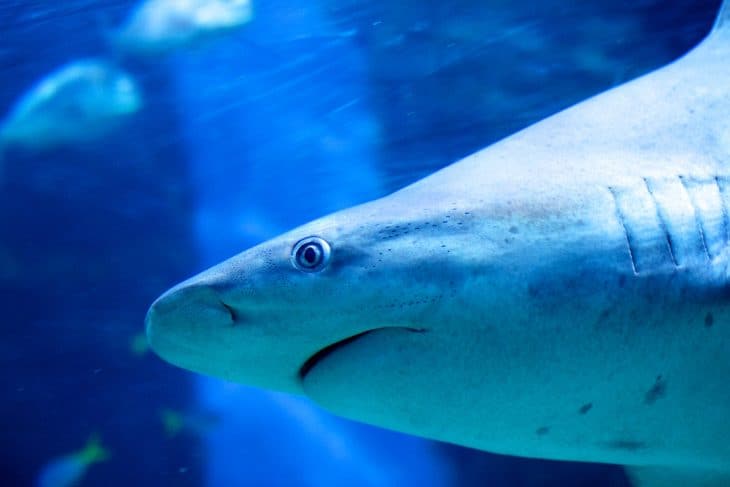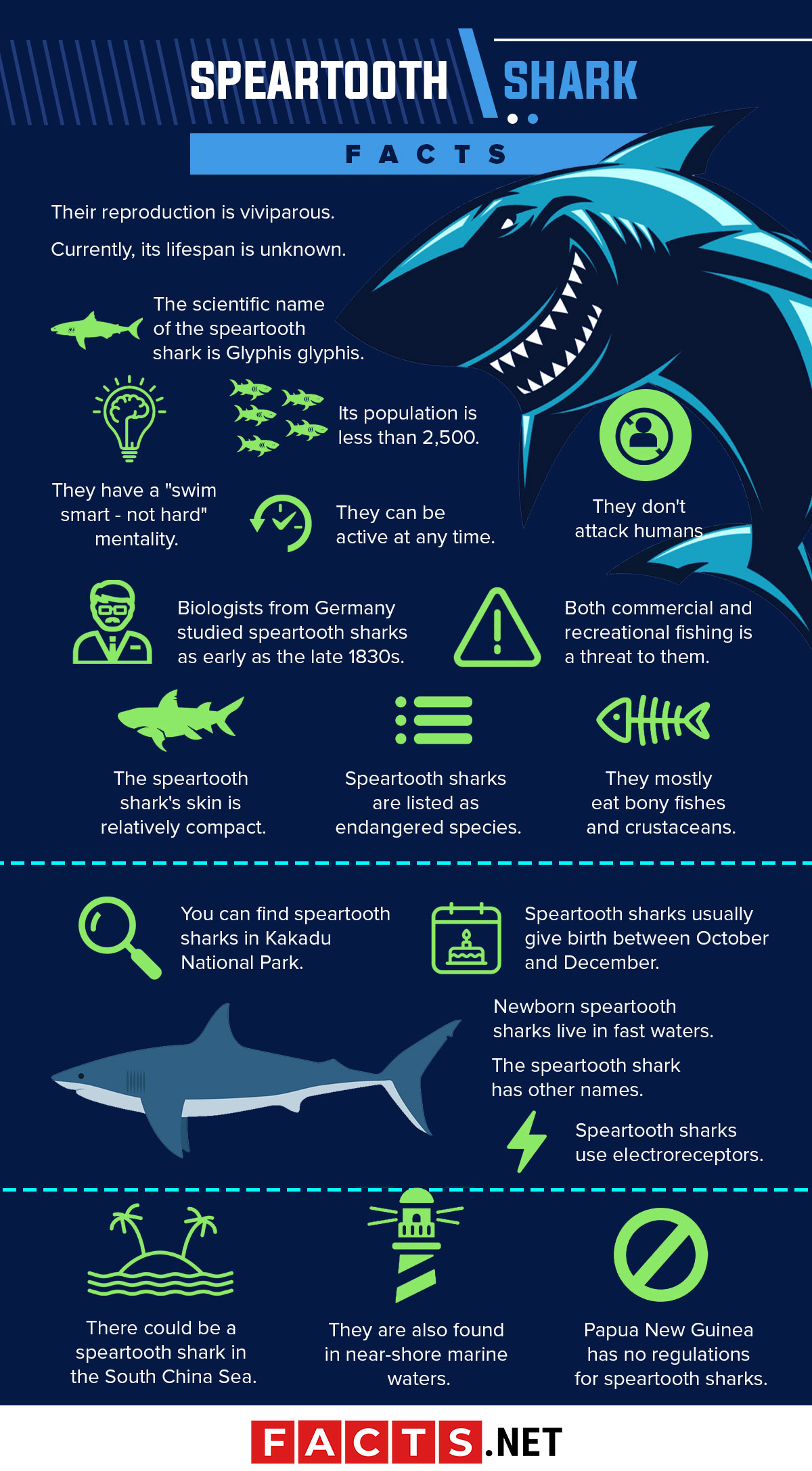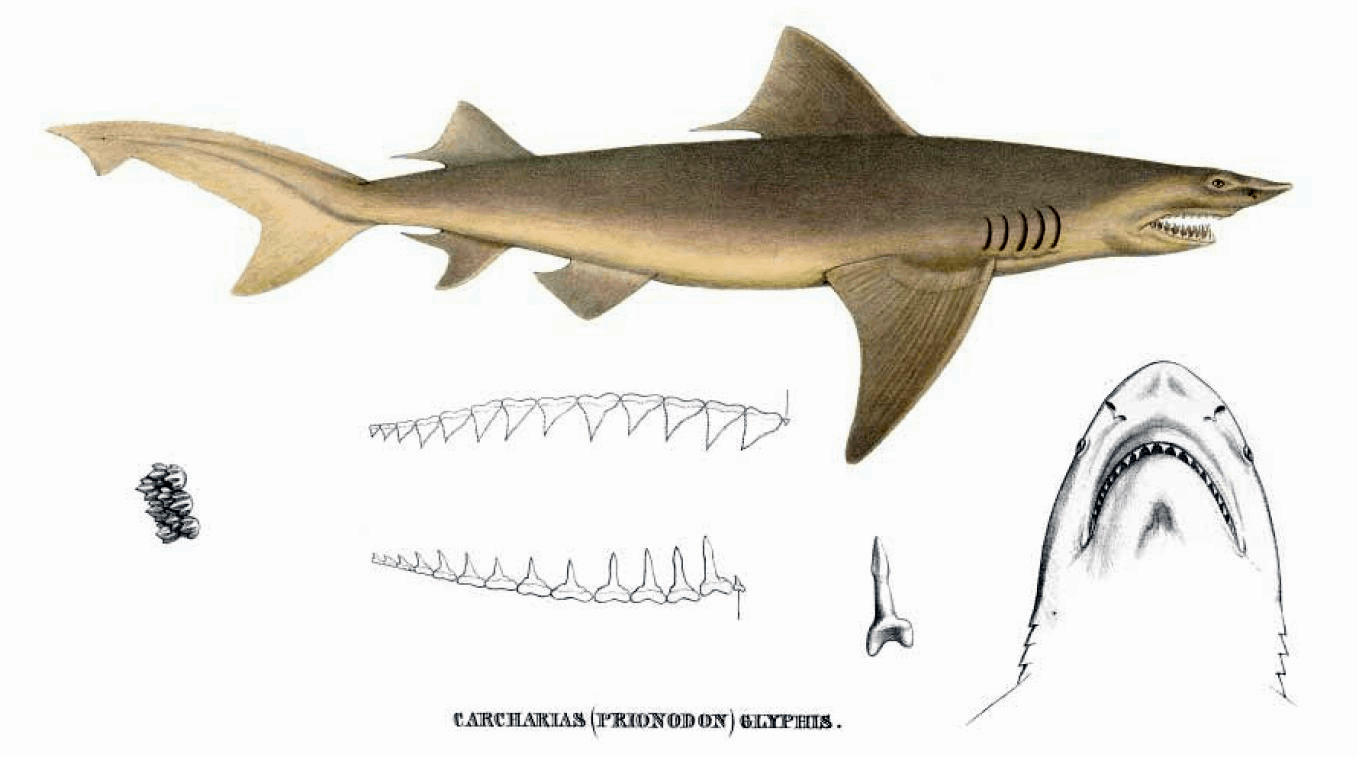
The speartooth shark is one of the rarest sharks on earth. In fact, they are so rare that they only live in the waters of Australia and New Guinea with a population of less than 2,500. Haven’t heard of them? Know more about them and check out these speartooth shark facts!
- Its usual swimming depth is around 25 feet.
- Female speartooth shark grows 175 centimeters or 1.75 meters.
- Male speartooth sharks, its average size is around 157 centimeters or 1.57 meters.
- Fully grown adult speartooth sharks reach roughly 2.6 meters or 8.5 feet long.
- A speartooth shark generally has 26 to 29 rows of teeth in the upper jaw while it has 27 to 29 rows of teeth in the lower jaw.
- The speartooth shark is a rare shark species.
- Speartooth sharks live in tropical rivers in New Guinea and northern Australia.
- This shark belongs to the family of Carcharhinidae.
- Speartooth sharks have short and broad snout with small eyes.
- Its second dorsal fin is big compared to its body size.
- Like most shark species, the female speartooth sharks are bigger than the males.
- They can hunt even in near-complete darkness.
- Speartooth sharks have a black patch under its pectoral fin close to the tip.
- The teeth of the speartooth shark are big and triangular.
- The shark’s teeth in its upper jaw are serrated and narrow, while the teeth in its lower jaw are serrated only near the tips.
- The teeth of the shark have a “spear-like” form, thus its named.
- The speartooth shark has a fit and robust body built.
- Its typical color is gray.
- They belong to the same family of requiem sharks.
- Interestingly, they are not as active as requiem sharks.
Speartooth Shark Facts Infographics

The scientific name of the speartooth shark is Glyphis glyphis.
Speartooth sharks belong to the Glyphis genus, and more specifically, they are known as G. glyphis. They belong to the same family as river sharks. Other species in this family are the Ganges sharks, Northern river sharks, and Siamese river sharks.
Biologists from Germany studied speartooth sharks as early as the late 1830s.
German physiologist/biologist Johannes Müller and German anatomist Friedrich Henle first described the speartooth shark as Carcharias (Prionodon) Glyphis in their “Systematische Beschreibung der Plagiostomen” in the year 1839 to 1841.

Currently, its lifespan is unknown.
Usually, sharks in the wild have a 20 to 30 years lifespan. However, because of the speartooth shark’s rareness, its lifespan is unknown as of the moment. Although, some marine biologists believe that it should be pretty much the same as a common shark.
They have a "swim smart - not hard" mentality.
Speartooth sharks are efficient swimmers. Regularly, they would tend to swim downstream or upstream along with the currents to save their energy.
Their reproduction is viviparous.
Although the exact details of the speartooth shark’s reproduction are not yet understood, its reproduction is viviparous. This means the embryo develops inside the body of the parent. Female speartooth sharks also develop a placental connection to their young.
Both commercial and recreational fishing is a threat to them.
The biggest threat to the speartooth shark is commercial fishing. Also, recreational fishing, either by accident or habitat degradation, and water pollution is a big threat to speartooth sharks and other marine life.
Speartooth sharks are listed as endangered species.
Due to its rarity and small population, the International Union for Conservation of Nature listed it as an endangered species. Furthermore, the speartooth shark limits itself to its “comfort zone”, New Guinea and northern Australia. This makes it harder from them to multiply.
Its population is less than 2,500.
Experts estimate that the speartooth shark’s population is less than 2,500. While sharks, in general, are still abundant in the ocean, millions of sharks are captured every year. If this continues, sharks could extinct by the year 2040.
A significant effort by the authorities has been made to trim down commercial and even recreational fishing to protect the speartooth sharks. However, threats from unauthorized fishing and habitat degradation seem to keep going.
The speartooth shark's skin is relatively compact.
The speartooth shark’s skin is relatively compact and covered with overlapping scales. Furthermore, it has an “oval-like” shape with up to five horizontal ridges on its surface.
They mostly eat bony fishes and crustaceans.
Generally, speartooth sharks feed on bony fishes and crustaceans such as lobsters, prawns, crabs, shrimps, crayfish, krill, and even barnacles.

They can be active at any time.
Speartooth sharks do not mind hunting or moving from one place to another whether it’s day or night. Since they live in murky waters, night and day don’t have much difference.
Speartooth sharks use electroreceptors.
Speartooth sharks use electroreceptors, the shark’s sensory for detecting weak electric fields in water. This gives them an edge for hunting prey. Moreover, according to research, when you take the skin off the speartooth shark’s skin in its head, numerous of these bulbs (ampulla) can be spotted.
They don't attack humans.
In contrast to popular belief that all sharks eat and attack humans relentlessly, only a few species of shark are very threatening to humans. To this day, there are no recorded incidents of speartooth shark attacks to humans. Some of the most dangerous sharks are the great white shark, tiger shark, and the ferocious bull shark.
Speartooth sharks usually give birth between October and December.
When speartooth sharks reproduce, they tend to move toward the shore. Habitually, they give birth to their pups between October and December. Their pups have a size of 20 to 23 inches long. Accordingly, they grow roughly 7.5 inches in length per year.
Newborn speartooth sharks live in fast waters.
Before the speartooth sharks are fully grown, they live in areas with fast tidal currents, and heavy turbidity, where less than 1% of sunlight is available beyond 1 meter of water.
The speartooth shark has other names.
In total, the speartooth shark has four names. It’s also known as the “Bizant River Shark,” “Queensland River Shark,” and “Blue.”
You can find speartooth sharks in Kakadu National Park.
Some speartooth sharks are also found in Kakadu National Park, a biodiverse nature reserve in Australia’s Northern Territory. These speartooth sharks are well protected there.
They are also found in near-shore marine waters.
Although the speartooth shark is a river shark species, they can also be spotted in near-shore marine waters. They can be found particularly in turbid environments over a wide range of saline water.
There could be a speartooth shark in the South China Sea.
Although speartooth sharks are mostly found in the tropical rivers in northern Australia and New Guinea, there could be a possibility that some of them may accidentally swim towards the South China Sea.
Papua New Guinea has no regulations for speartooth sharks.

Although Australia is known to protect and preserves the speartooth shark, in Papua New Guinea, however, they don’t regulate individuals who intend to capture this shark.
Was this page helpful?
Our commitment to delivering trustworthy and engaging content is at the heart of what we do. Each fact on our site is contributed by real users like you, bringing a wealth of diverse insights and information. To ensure the highest standards of accuracy and reliability, our dedicated editors meticulously review each submission. This process guarantees that the facts we share are not only fascinating but also credible. Trust in our commitment to quality and authenticity as you explore and learn with us.
